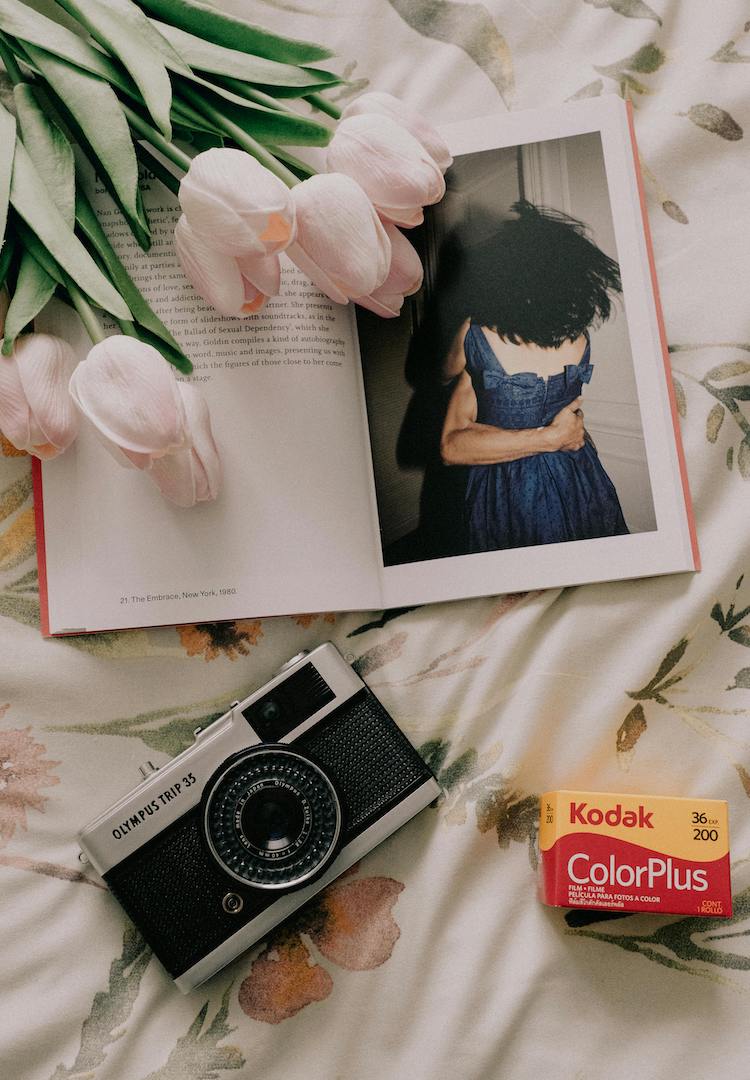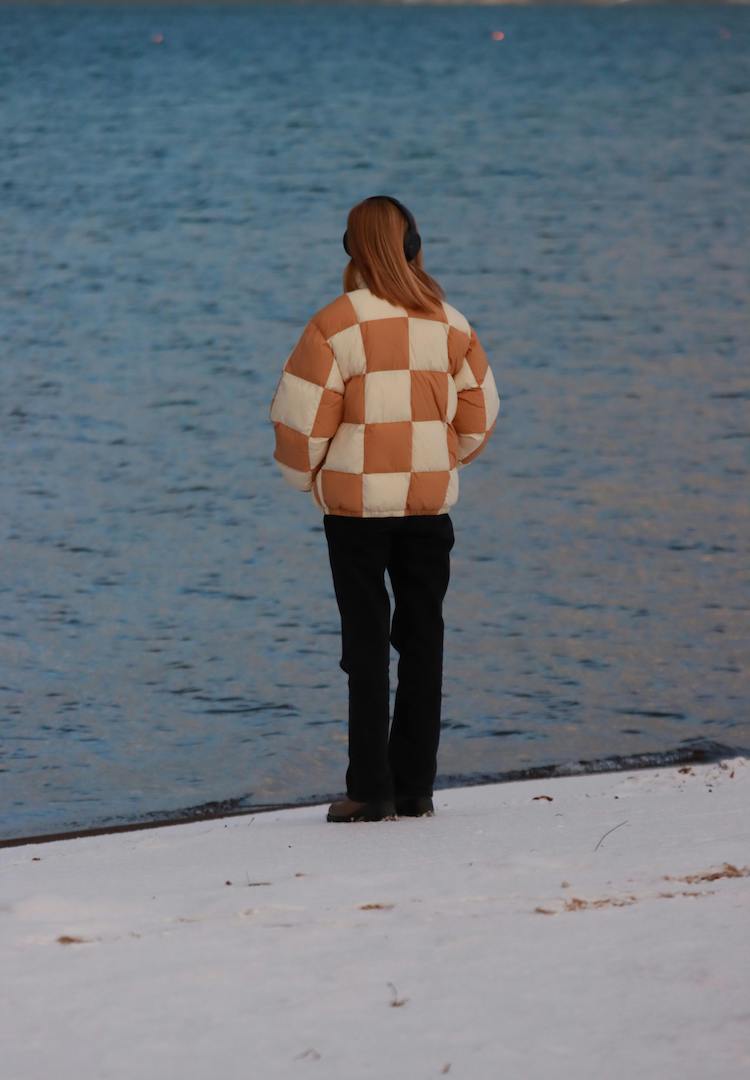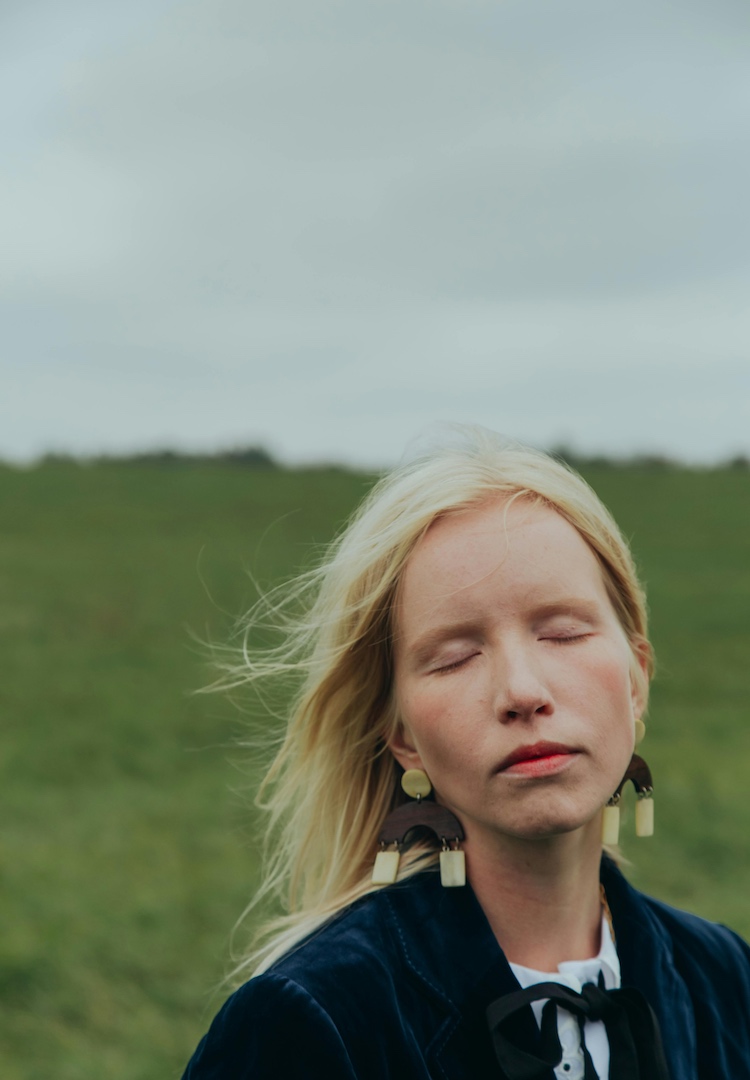How the weather impacts our mood, according to a therapist
WORDS BY SIENNA BARTON
How to beat those winter blues.
As a lifelong Melbournite, I’ve grown accustomed to sudden changes in the weather. The days can start bitter and frosty, before materialising into a pleasantly sunny day, or a clear-skied day can quickly start pissing down with rain. This means that we’re used to wearing layers and carrying umbrellas, and have built up a healthy distrust of the Bureau of Meteorology.
But sometimes, there’ll be a spate of freezing cold days where the whole city just seems to shut down completely. On days like this, that seem to stretch into weeks, my toes are perpetually cold and my mood is low. I somehow feel both sluggish and irritated, and the grey sky outside my window seems like an omen of bad things to come.
Interested to hear how others navigate the world? Head to our Life section.
When I think of seasonal affective disorder (hilariously shortened to SAD), I’m reminded of season four of Broad City. Filmed during New York’s winter in the immediate aftermath of Donald Trump winning the presidency, the mood is borderline apocalyptic and Ilana loses the zestiness that makes her unique.
She starts carting around a light therapy lamp, which she uses in the same way that paramedics use electro-shock paddles to jumpstart a dying person’s heart. Eventually, the quick fixes aren’t enough. To magnify the effect of the light, Ilana covers her workplace’s storeroom with aluminium foil and fits her lamp with the highest-wattage light globe she can find. It all goes black, the power’s gone out.
So, in the spirit of avoiding a major electrical failure, I asked therapist Ellie Rose about the ways we might look after ourselves in these colder months. The founder of Cocoon, an online mental health resource for young people, Ellie also sees patients through The Indigo Project where her main clientele is people aged 15 to 25.
A little bit about seasonal affective disorder (SAD)
Ellie explained to me that SAD exists on a spectrum. As a mood disorder, there are many symptoms that depression and SAD have in common. There are depressive symptoms like low mood, low motivation to do things, feeling teary or irritable, and often a desire to avoid socialising.
The main difference between SAD and depression is that the onset of these symptoms is in winter but then they go away during summer and spring. It’s also important to remember not to panic if you’re feeling a bit low on a wintery day. “But, similar to depression, if it’s moderate to severe over an extended period of time (weeks or months) then it might be worth paying attention to those feelings and obtaining some extra help,” says Ellie.
Why the change in weather might make us feel depressed
According to Ellie, there’s a huge biological component to SAD. In the warmer months, when we might be outside more and getting exposed to sunshine, our happy chemicals – serotonin and dopamine – are increased. When we don’t get that safe sun exposure (always wear proper sun protection), our brains begin to run low on those chemicals, resulting in a lowered mood.
Ellie adds that the research she’s been reading recently has indicated sun exposure really impacts our circadian rhythms (aka the thing that regulates our sleep cycles). “Normally your body gets those sleep cues at five, six, or seven [pm] when it gets darker because it means that it’s sleep time soon,” she explains. “In winter, we get these cues that are similar to hibernation but we’re humans with responsibilities like jobs and uni – not bears! So that’s why it can be a bit jarring.”
Sometimes you just have to get out of bed
As the weather gets colder, we often start changing the things that we do, turning away from outdoor activities to things that are more sedentary and indoors. Sometimes this rest is much needed, but often, we can find ourselves in a negative cycle of staying inside and doing nothing.
Ellie advises that the motivation cycles in our brains don’t just start randomly, “sometimes we have to do the hard thing and kickstart it ourselves. This is called ‘behavioural activation’. Once your brain and body begin to do things, you’re going to be on a roll and more likely to keep doing those things”.
Think about what your coping resources are
“In the winter months, you’re probably less likely to be using your usual outlets like going outside or to the gym,” says Ellie. Maybe there are other things that help you relieve stress, like journaling, drinking a cup of tea or talking to a friend. Even if it’s over the phone or on FaceTime, staying connected with friends and family is super beneficial when it comes to beating the winter blues.
If you know your mood gets affected by the weather, a good pre-emptive move is to schedule a few appointments with your therapist, just so there’s a buffer if you need it. This is why Ellie emphasises the importance of journaling as an outlet, but also as a good way to observe any patterns in your mood. Maybe you’re feeling sad today, or maybe it’s been a couple of months? Knowing what you’re dealing with is the best way to get the support you need.
Try scheduling in a moment of joy every day
A moment of joy can be something small that makes you feel good, like making your favourite warm drink or talking to a friend on the phone. Ellie says that by scheduling in one bite-sized moment of joy every day, we give ourselves something to look forward to.
“Maybe your Monday joy is watching your favourite movie, and Tuesday’s is calling your best friend, while Wednesday is getting a manicure. Whatever it is, it’s important to make sure that each day, you get a little bit of joy.”
Winter can also be the perfect time to reset and regenerate
The warmer months are often more social and busy than the colder ones, so it’s common for many of us to feel burnt out by the time June rolls around. From an evolutionary perspective, we did tend to rest during winter to conserve energy, so it makes sense that this might be a good time to reflect and pivot.
Ellie shares that this is the time where she likes to do research and to build on any existing skills that you might have. “It’s a great time to think if I’ll continue with my goals, or if there’s something I might do a little bit differently.”
This article was originally published on June 2, 2022.
If you or someone you know is dealing with depression or anxiety, Cocoon is a great resource to try.













